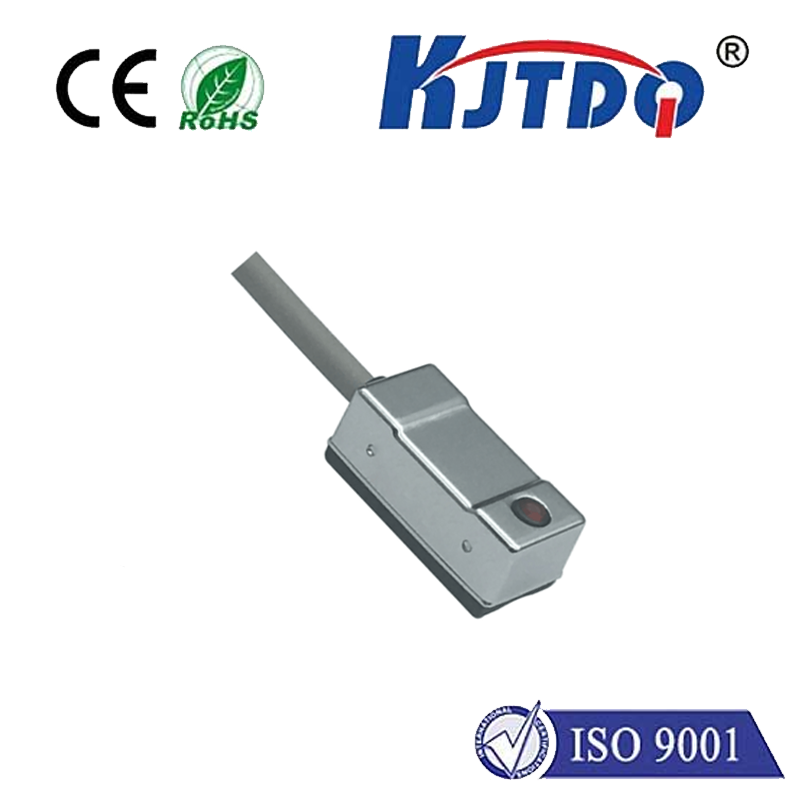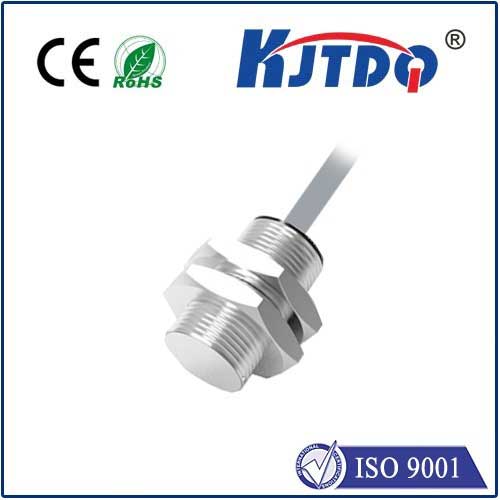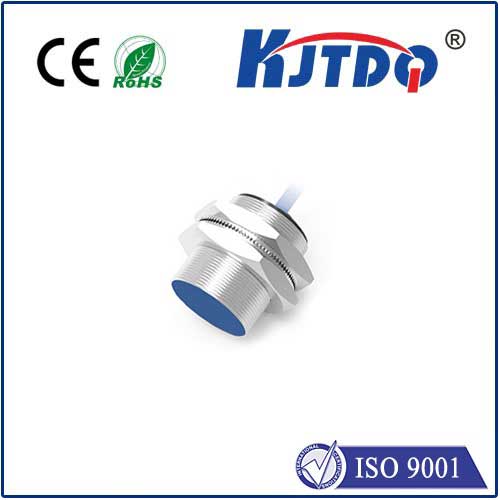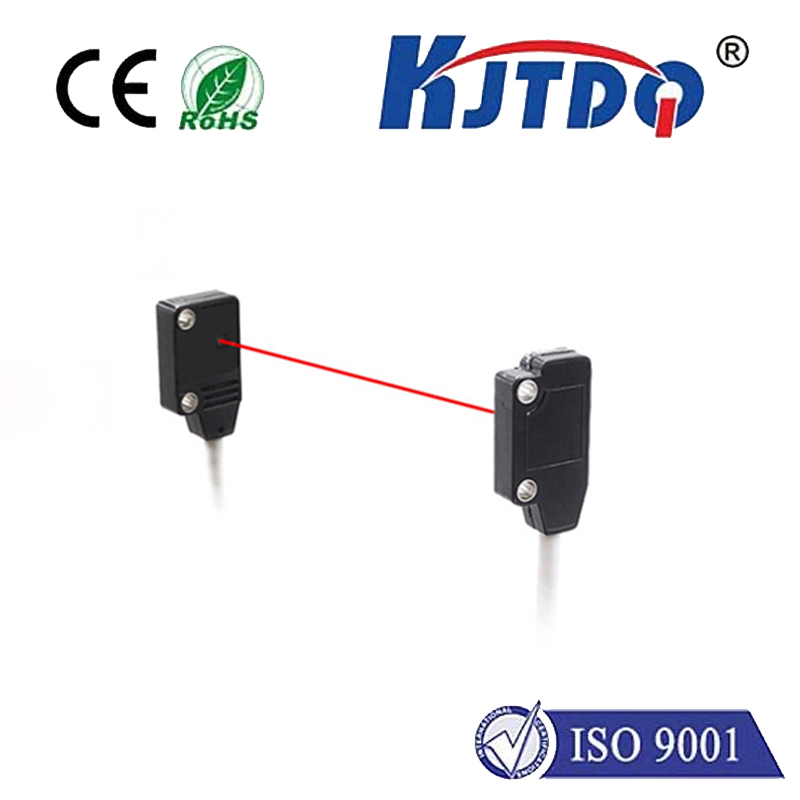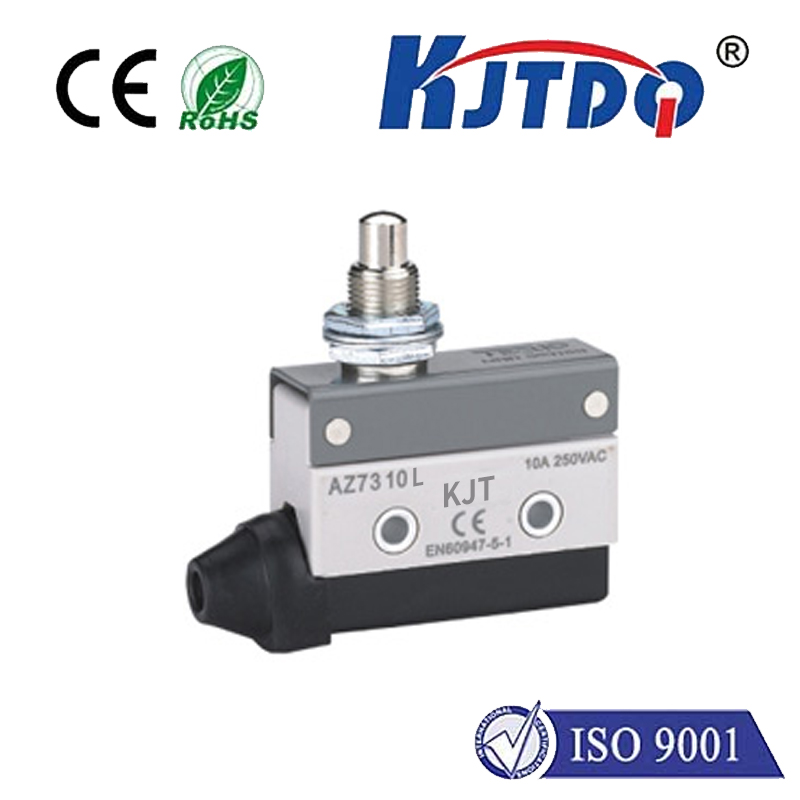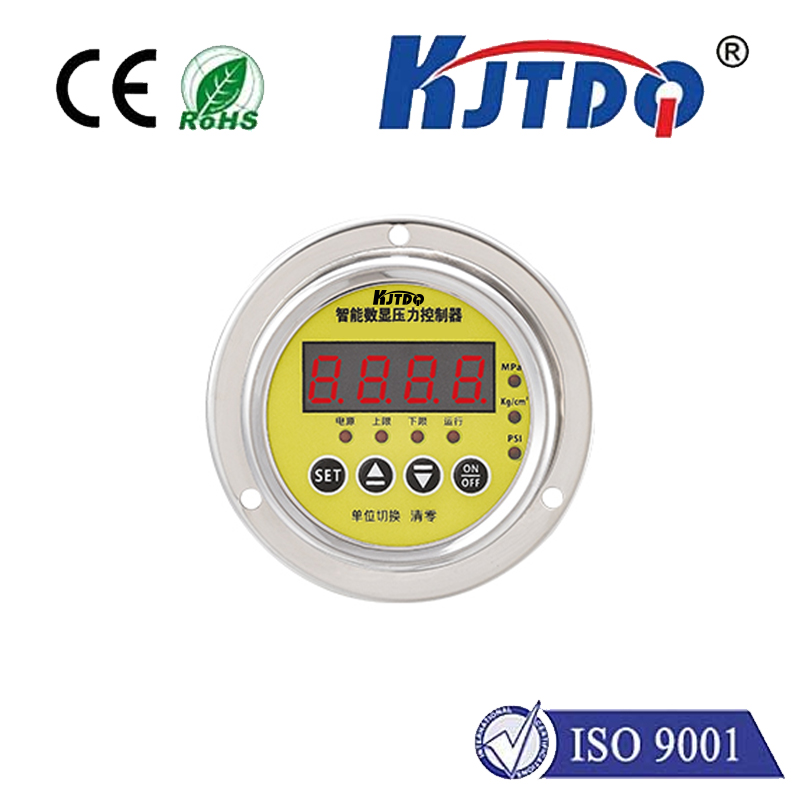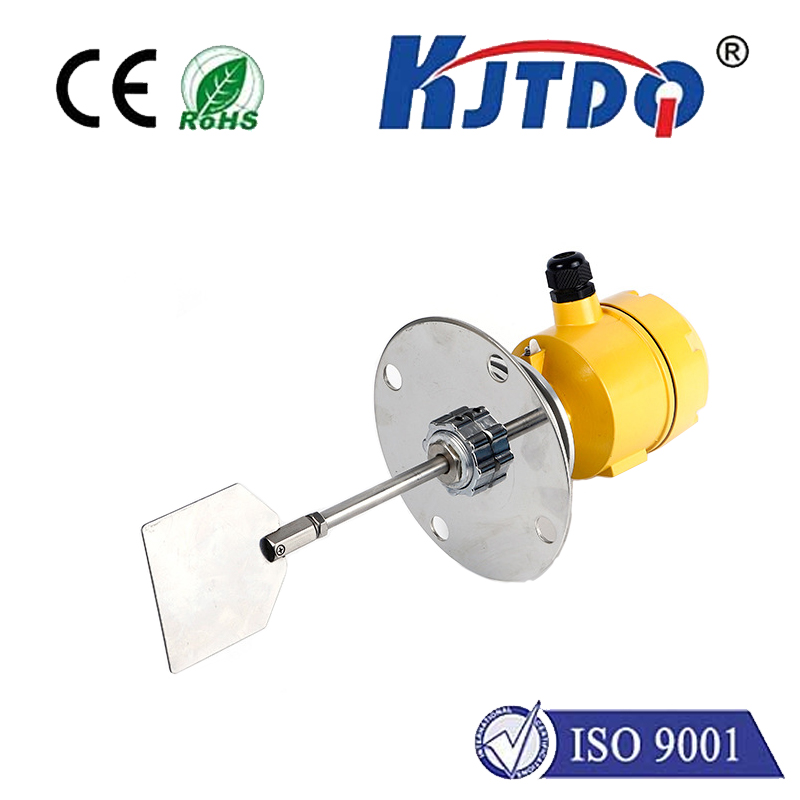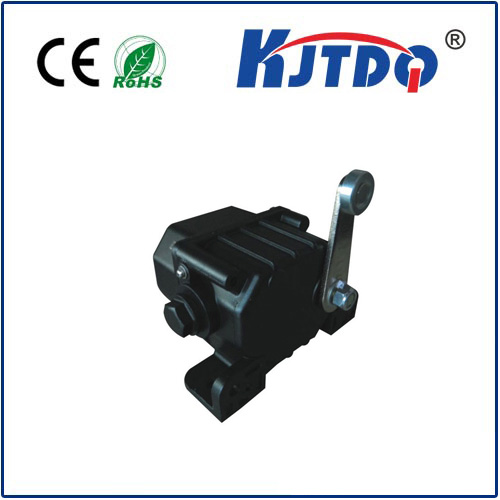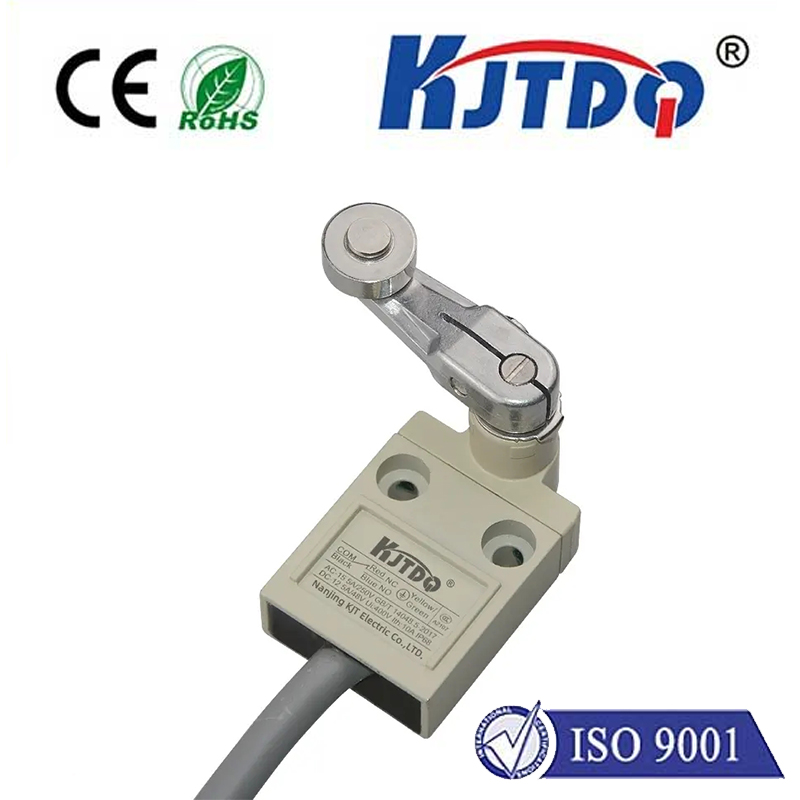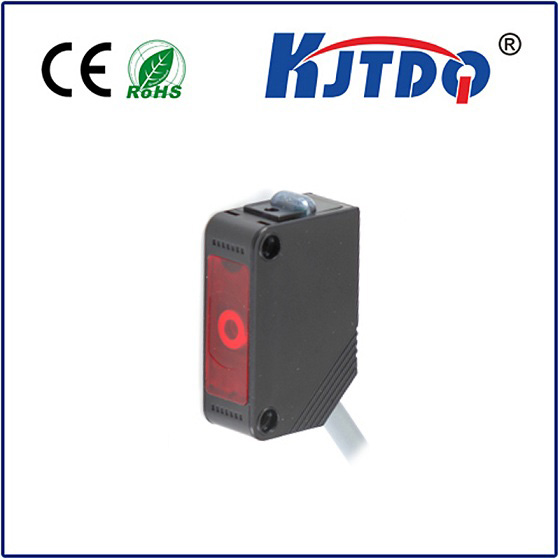Промышленный ограничительный переключатель
- time:2025-08-02 01:25:48
- Нажмите:0
Industrial Limit Switches: The Unsung Heroes of Automation Safety and Precision (Focus Keyword: Industrial Limit Switch)
Imagine a robotic arm gliding across an assembly line. It needs to pick up a component, move to an exact position, and place it perfectly – repeatedly, reliably, and critically, without crashing into anything. What invisible guardian ensures this precise dance happens safely and consistently? Often, it’s the Промышленный ограничительный переключатель.
An Промышленный ограничительный переключатель is a rugged, electromechanical sensor designed to detect the presence or absence, motion limits, or position of an object within demanding industrial environments. Unlike proximity sensors that detect objects without contact, the classic limit switch operates through direct physical contact. When an object (like a machine part, door, or actuator) moves and physically interacts with the switch’s actuator (a lever, roller, plunger, etc.), it triggers an internal mechanism to change the state of its electrical contacts.
The Core Function: Precision Through Contact
This seemingly simple action – mechanically opening or closing an electrical circuit – is fundamental to countless automated processes. Industrial limit switches provide actionable signals to a machine’s control system (like a PLC - Programmable Logic Controller). These signals communicate crucial information, primarily:
- Position Verification: Confirming that a component has reached its intended endpoint in a movement (e.g., “the conveyor cart is fully loaded and in position”).
- Travel Limitation: Preventing moving parts from exceeding their safe or operational boundaries (e.g., “the hydraulic press has lowered to the safe stop point”).
- Presence/Absence Detection: Verifying if an object is in place (e.g., “a workpiece is correctly positioned in the fixture”).
- Sequence Control: Initiating the next step in a machine cycle only when the previous step is confirmed complete (e.g., “the guard door is securely closed, allowing the machine to start”).
Robustness for the Real World: Types and Features

What sets industrial limit switches apart is their inherent toughness. Engineered to withstand the harsh realities of factories, plants, and outdoor installations, they boast features critical for reliable operation:
- Durable Enclosures: Typically made from robust metals (stainless steel, zinc die-cast) or high-grade engineering plastics, offering protection against impact, dust, moisture, oils, and chemicals. Common protection ratings include МП65, МП67, or higher, signifying resistance to dust ingress and water jets or immersion.
- Varied Actuator Styles: Optimized for different applications:
- Lever Arms (Roller or Plain): Ideal for detecting objects moving parallel to the switch body. The roller reduces friction and wear on both the actuator and the target.
- Plunger (Push Rod): Activated by direct linear force perpendicular to the switch. Common for end-position detection.
- Rotary: Used for position detection based on angular rotation.
- Forked Lever (Wobble Stick): Detects objects moving in multiple directions.
- Contact Configurations: The electrical heart of the switch. Common configurations are:
- Normally Open (NO) Contacts: Close when the actuator is triggered.
- Normally Closed (NC) Contacts: Open when the actuator is triggered.
- SPDT (Single Pole, Double Throw): One common terminal that switches between two others (provides both NO and NC functionality).
- Heavy-Duty Contacts: Designed to handle significant electrical loads (switching motors, solenoids) directly, or lighter-duty for signaling PLCs.
- Options: Many models offer features like adjustable operating points (pre-travel), visual indicators (LEDs for status), multiple contact blocks on one switch body, and various mounting options.
Where Industrial Limit Switches Excel: Key Applications (Keywords: Position Sensing, Safety Interlock)
Their reliability, direct feedback, and robustness make industrial limit switches indispensable across numerous sectors:
- Перевозка материалов: Tracking position of cranes, hoists, monorails, and automated guided vehicles (AGVs); detecting pallet or cart position on conveyors; confirming gate or door status (open/closed).
- Packaging Machinery: Verifying product presence, detecting jammed materials, confirming fill levels, and signaling the position of sealing heads, cutters, or turntables. Position sensing here is critical for cycle accuracy.
- Industrial Doors & Gates: Providing open/closed status for automated warehouse doors, security gates, and bay doors, often directly contributing to safety interlocks to prevent operation when barriers are open.
- Machine Tools (CNC Mills/Lathes): Setting travel limits for axes (X, Y, Z); confirming chuck closed/open; detecting tool changer positions; acting as homing switches for referencing machine zero points.
- Elevators & Lifts: Detecting car position at specific floors; confirming hoistway door closure (a vital safety interlock); sensing over-travel limits.
- Process Equipment: Monitoring valve positions (open/closed/shut); detecting the position of large actuators or dampers; confirming tank lid closure for safety. Safety interlocks are paramount to prevent hazardous operation.
- Agricultural & Construction Equipment: Sensing boom position, implement height, or bucket angle on heavy machinery.
The Critical Safety Role (Keywords: Safety Interlock, Machine Guarding)
Beyond operational precision, industrial limit switches are fundamental components of machine safety systems. They form the backbone of safety interlocks. For instance:
- Machine Guarding: A limit switch confirms that an access guard door is securely closed before hazardous machine motion is allowed to start. If the door opens during operation, the NC contact on the switch opens, immediately signaling the safety relay or PLC to initiate an emergency stop (E-stop) sequence.
- Over-travel Protection: In applications like cranes or presses, limit switches positioned at maximum safe travel points act as the last line of defense. If primary controls fail, triggering the over-travel switch prevents catastrophic damage or injury by cutting power or reversing motion.
Installation & Maintenance: Ensuring Longevity
For reliable performance, correct installation is key. Ensure the actuator:
- Makes solid, reliable contact with the target object.
- Is positioned so the target engages the actuator correctly (e.g., hitting the roller, not missing it).
- Is not subject to excessive force beyond its rating.
- Is protected from flying debris or accidental impacts where possible.
Routine maintenance involves:
- Periodically cleaning the actuator and body to prevent buildup of grime or debris.
- Checking actuator movement is free and not binding.
- Inspecting wiring for damage or loose connections.
- Testing switch operation periodically (where safe and feasible) as part of preventative maintenance schedules.
The Enduring Value of Mechanical Precision
In an era dominated by sophisticated sensors, the Промышленный ограничительный переключатель remains a cornerstone of automation. Its strength lies in its simplicity, directness, robustness, and proven reliability under tough conditions. It provides unambiguous, physical confirmation – something often crucial for both precision control and critical safety functions (safety interlocks). From detecting a simple door closure to preventing a multi-ton crane from over-traveling, these unassuming devices are truly the unsung heroes, ensuring machinery operates efficiently, predictably, and safely. When you need definitive position confirmation or a robust safety signal based on physical presence, the Промышленный ограничительный переключатель is frequently the most dependable choice.







